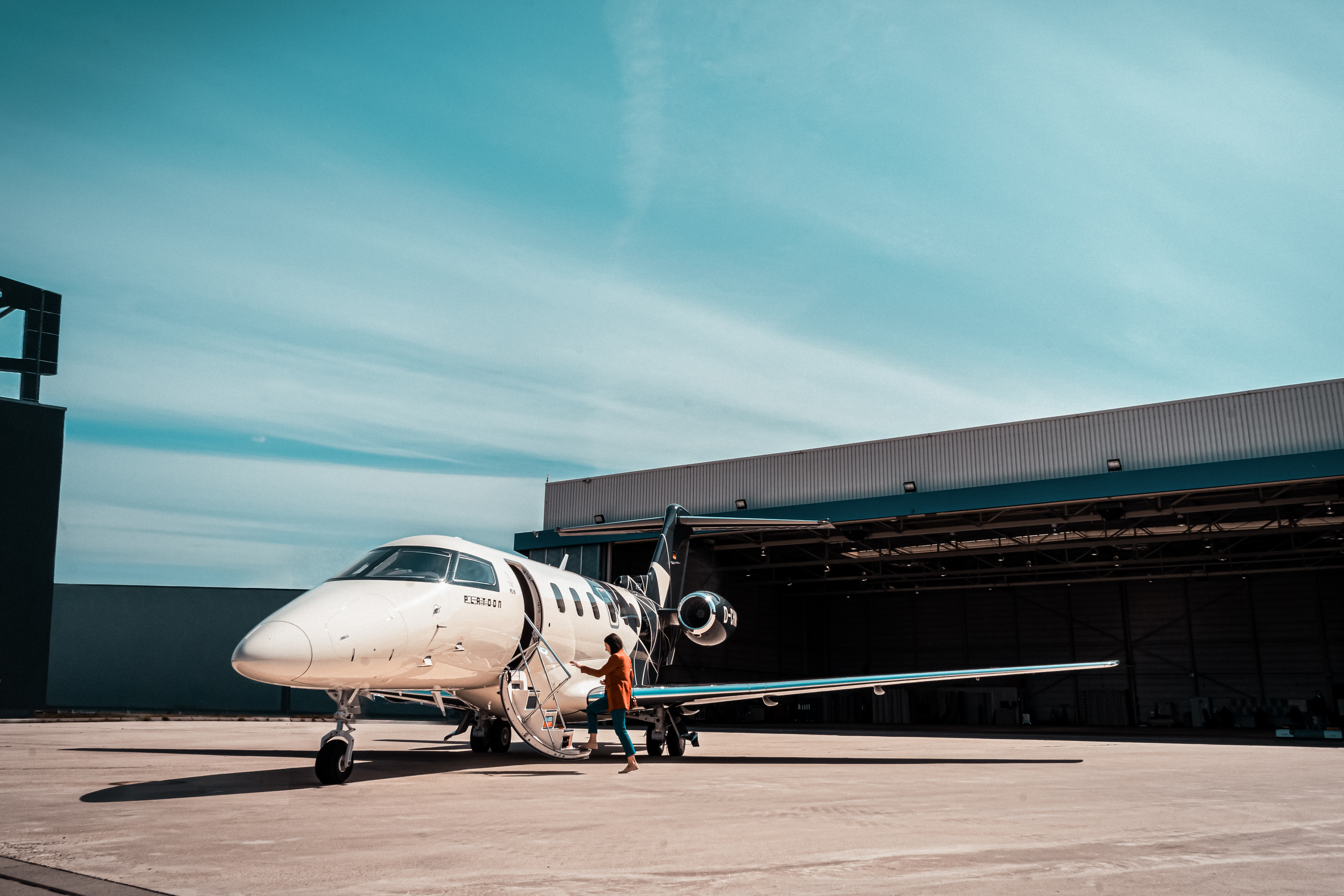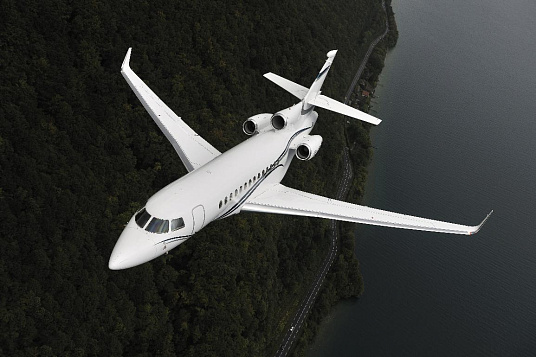Buying a business jet: a master class

We’ve collected concise and comprehensive answers to the main questions regarding a purchase of a business jet. Below you will find useful information to make effective and well-thought decisions.
What a private aircraft is needed for?
Private aircraft are needed for maximum freedom and independence from airlines' timetables and capabilities, for maximum comfort, safety and privacy.
In what cases are people prepared to make this kind of purchase?
In the first place, when they can afford it: when the annual flight costs exceed the amount at which it becomes more practical to have your own aircraft. Buying your own jet may become relevant due to the type of business that requires unplanned business trips, especially to areas that are difficult to reach with regular flights, when a guaranteed level of comfort is required.
How does the buying process look like? What stages it consists of?
First, the client sets the main parameters to select the right type of aircraft: number of passengers, size of the cabin, flight range (capabilities in terms of flight geography) and some individual requests regarding personal preferences related to comfort. The right aircraft models are selected basing on the available budget and costs expectations from the future owner. This list usually includes three to four specific aircraft. The client compares them, inspects them, takes demonstration flights. If a client is satisfied with the main consumer parameters and the price of the asset, a transaction takes place. This is a multi-stage process, which includes a full technical audit of the aircraft, its subsequent acceptance, registration, bringing it under the operator company's flag and other actions.
How to choose the right business jet?
You should choose and buy an aircraft that fulfils all your expectations so that the purchase makes you feel good. First of all, you should bear in mind the tasks both from the consumer and financial points of view. It is also very important to choose the right consultant, who will provide you with a real budget for the operation of the aircraft rather than some unrealistic figures, which will not pass the test of time later.
What are the pitfalls in the buying process?
There are hundreds of pitfalls! Starting with a memorandum of intent to purchase a particular aircraft, after singing this one you pay a down payment. Some sellers require this down payment to be non-refundable and should not be returned if the transaction is terminated. The right consultant will help you sign an agreement protecting the interests of the buyer as much as possible. The zone of pitfalls ends with the technical aspects of the condition of particular aircraft because any minor nuances that have not been identified or have not been fully identified during the aircraft assessment process and have not been rectified at the expense of its previous owner at this stage may cost the new owner seven-figure sums. For example, if aircraft engines are not on specific warranty program and the consultant has overlooked this fact or has been quiet about it, then, in the event of a malfunction, the repair cost of the unit may reach several million dollars. So we have bought an aircraft…
What do we do next?
It is necessary to work correctly with the staff so that the asset is operated exactly as the owner expects, starting from the commercial load of the aircraft, if necessary, and ending with the supply of desired food and beverages, although this is more relevant to the planning stage. It is important to solve the problems of parking and storage of your aircraft. Also, there will be an issue with crew rotation. As a rule, two crews are assigned to an aircraft: the main crew and substitute crew, which swap periodically. The task of the management company is to establish the process of crew rotation so that the change or possible illness of one of the pilots does not, in any way, affect the owner's plans.
What mistakes are most often made by owners in managing such an asset?
A classic mistake is incorrect planning at the stage of purchase and, accordingly, an incorrectly written business plan for this asset. Another mistake is excessive trust in managers or management companies without checking on current business processes.
What specific steps need to be taken to make the ownership of a business jet pleasant and effective?
If you are already an owner, it is worthwhile to have the current operation of your aircraft audited, preferably with the involvement of the largest possible number of qualified contractors in this field. You can even get not one, but two companies to carry out an audit. This also applies optimization of your own flight schedule. Based on the results of the audit, some steps are taken to increase the asset operation efficiency, starting from the accommodation of the crew in hotels and ending with the ordering of food and other ground handling, including refueling. The fact is any type of service can allow you to save some of the budget when applying a competent approach, and, in this respect, we can talk of a significant cost optimization, given that the total turnover of money on an aircraft exceeds several million dollars a year. You just need to start watching every penny you spend.
In our practice, there are examples when, with the full transfer of an asset to a management company and with detailed control of it, the owners managed to reduce their expenses to zero or close to this figure on an annual basis. What also helped to achieve these results was, of course, the fact that the owners properly planned the timetable of their flights and actively rented their aircraft out for commercial use at a time when the market was dispose to it. Thus, with a competent approach, you can significantly optimize your costs. The main thing is to find the right management company, which would be as careful with your money as they would be with their own and make the most effective use of all available means in managing your asset.




